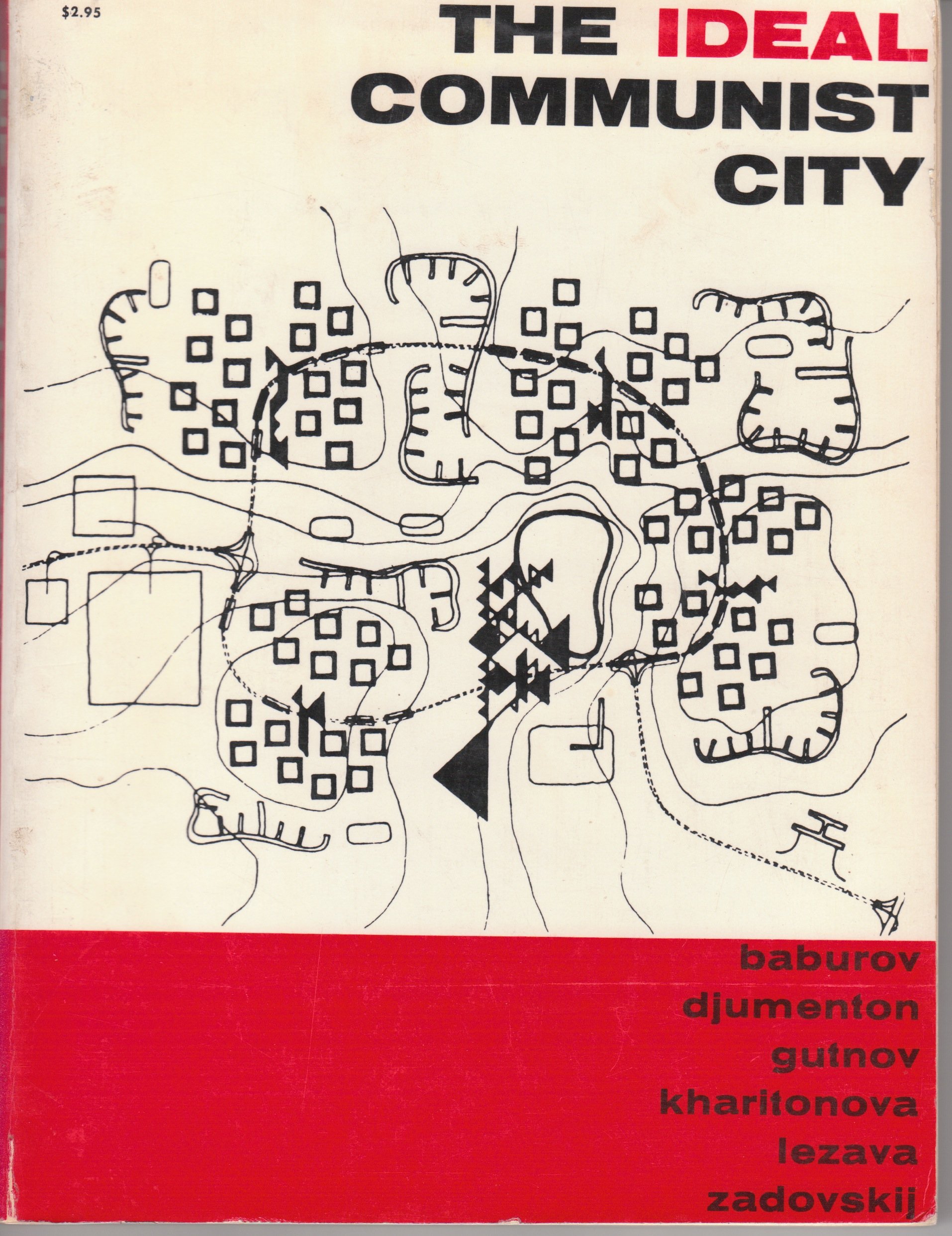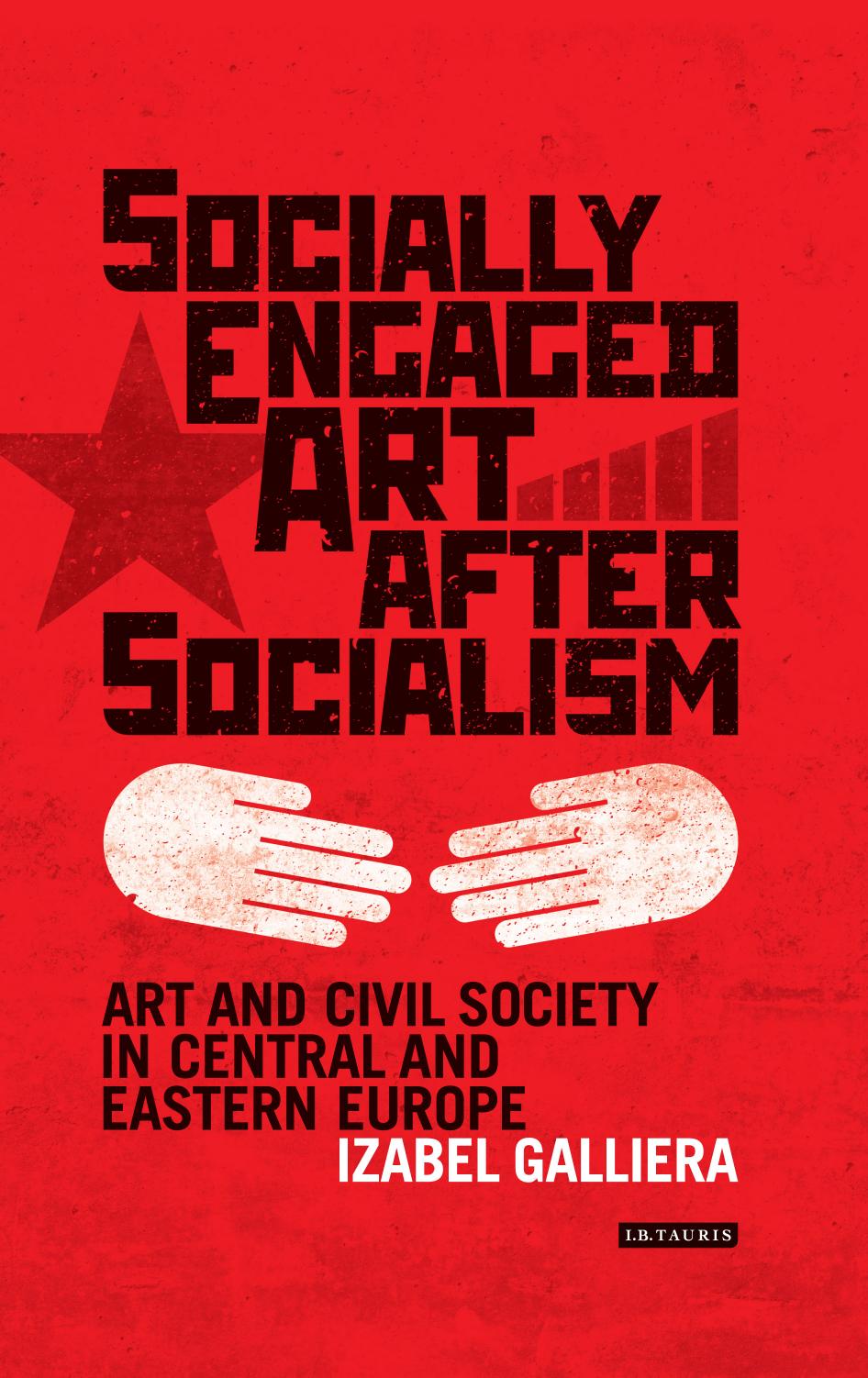Alexei Gutnov, et al: The Ideal Communist City (1966–) [RU, EN]
Filed under book | Tags: · architecture, city, communism, constructivism, marxism, urban planning, urbanism

“The Soviet group of architects New Element of Settlement (NER) was invited to the 1968 Milan Triennale by Giancarlo De Carlo, following the publication of their influential book NER, On the Way to a New City (1966). They were asked to present their plans for an ideal communist city in the section devoted to “transformations of the physical environment.” Their installation was one of the few in the exhibition that provided a critical response to the culture of consumerism, in tune with ongoing student revolts.
The concept of NER was first developed in 1957 as a diploma project by graduates of the Moscow Institute of Architecture (MArkhI). As students, NER members studied the elements of the city, its quantitative and qualitative characteristics, eventually dismissing traditional planning principles in favor of a new approach to urban development as a dynamic process. Drawing on Marxism, they sought to provide a spatial agenda for the communist ideology, representing the younger generation of thinkers in the radical split of the Soviet architectural profession following de-Stalinization. They actively criticized the state of Soviet urban planning, arguing that “today, the city is not fulfilling its primary purpose to be an organic living environment.”
In late 1968, De Carlo wrote an introduction for NER’s influential publication, The Ideal Communist City. In their radical proposal, NER attempted to provide a spatial agenda for Marxism, drawing both from the Communist Manifesto and the Constructivist avant-garde of the 1920s. NER’s new city was based on creative communication in a classless society, in which the city was no longer dependent on its industrial center but instead formed around a center of communication, independent from the economic characteristics of the city. The major shift brought in by this new urban wave—later implemented by one of its members, Alexei Gutnov, within the curriculum of MArkhI—was to see the city as a living organism, in which cells would be born and eventually die. This led to a change in the status of architectural form: it was conceived as temporary and mobile—its birth implied the process of its imminent destruction. This approach anticipated the later understanding of architecture as an activity or as environment—form was no longer relevant because it hindered the organic processes within the dying city. The system emphasized the correspondence between urban structures and social relationships in communism, based on the reading of the urban plan as “simultaneously a symbol of the idea and a program for its realization.”” (Masha Panteleyeva, Radical Pedagogies)
English edition
By Alexei Gutnov, A. Baburov, G. Djumenton, S. Kharitonova, I. Lezava, S. Sadovskij, of Moscow University
Translated by Renee Neu Watkins
Preface by Giancarlo de Carlo
Publisher George Braziller, New York, [1971]
i Press Series on the Human Environment
ISBN 080760576X 9780807605769
166 pages
via Outlaw Urbanist
Reviews: Kenneth Frampton (Architectural Forum, 1972), Outlaw Urbanist (2016).
Commentary: Alicia Kurimska (Center for Opportunity Urbanism, 2015).
Novyy element rasseleniya: na puti k novomu gorodu (Новый элемент расселения: на пути к новому городу, Russian, 1966, 22 MB, via)
The Ideal Communist City (English, trans. Renee Neu Watkins, [1971], 4 MB)
Katalin Cseh-Varga, Adam Czirak (eds.): Performance Art in the Second Public Sphere: Event-Based Art in Late Socialist Europe (2018)
Filed under book | Tags: · art history, body art, communism, east-central europe, eastern europe, happening, performance, performance art, public sphere, socialist realism, southeastern europe, theatre, underground

“Performance Art in the Second Public Sphere is the first interdisciplinary analysis of performance art in East, Central and Southeast Europe under socialist rule. By investigating the specifics of event-based art forms in these regions, each chapter explores the particular, critical roles that this work assumed under censorial circumstances.
The artistic networks of Yugoslavia, Hungary, Latvia, Lithuania, Poland, Romania, East Germany and Czechoslovakia are discussed with a particular focus on the discourses that shaped artistic practice at the time, drawing on the methods of Performance Studies and Media Studies as well as more familiar reference points from art history and area studies.”
Contributors: Roddy Hunter, Miško Šuvaković, Dietmar Unterkofler, Ileana Pintilie, Cristian Nae, Andrej Mirčev, Andrea Bátorová, Berenika Szymanski-Düll, Kata Krasznahorkai, Laine Kristberga, Adam Czirak, Amy Bryzgel, Jasmina Tumbas, Beáta Hock, Angelika Richter, Maja Fowkes and Reuben Fowkes.
Publisher Routledge, London, 2018
ISBN 9781138723276, 1138723274
xii+263 pages
Project website
Publisher
WorldCat
Izabel Galliera: Socially Engaged Art After Socialism: Art and Civil Society in Central and Eastern Europe (2017)
Filed under book | Tags: · art history, bulgaria, civil society, communism, contemporary art, east-central europe, eastern europe, hungary, participation, politics, romania, southeastern europe

“Reclaiming public life from the ideologies of both communist regimes and neoliberalism, their projects have harnessed the politically subversive potential of social relations based on trust, reciprocity and solidarity. Drawing on archival material and exclusive interviews, in this book Izabel Galliera traces the development of socially engaged art from the early 1990s to the present in Bulgaria, Hungary and Romania. She demonstrates that, in the early 1990s, projects were primarily created for exhibitions organized and funded by the Soros Centers for Contemporary Art. In the early 2000s, prior to Bulgaria, Hungary and Romania entering into the European Union, EU institutions likewise funded socially-conscious public art in the region. Today, socially engaged art is characterised by the proliferation of independent and often self-funded artists’ initiatives in cities such as Sofia, Bucharest and Budapest.
Focusing on the relationships between art, social capital and civil society, Galliera employs sociological and political theories to reveal that, while social capital is generally considered a mechanism of exclusion in the West, in post-socialist contexts it has been leveraged by artists and curators as a vital means of communication and action.”
Publisher I.B. Tauris, London/New York, 2017
ISBN 9781784537135, 1784537136
xx+361 pages
Review: Denisa Tomkova (ARTMargins, 2018).
Comment (0)
